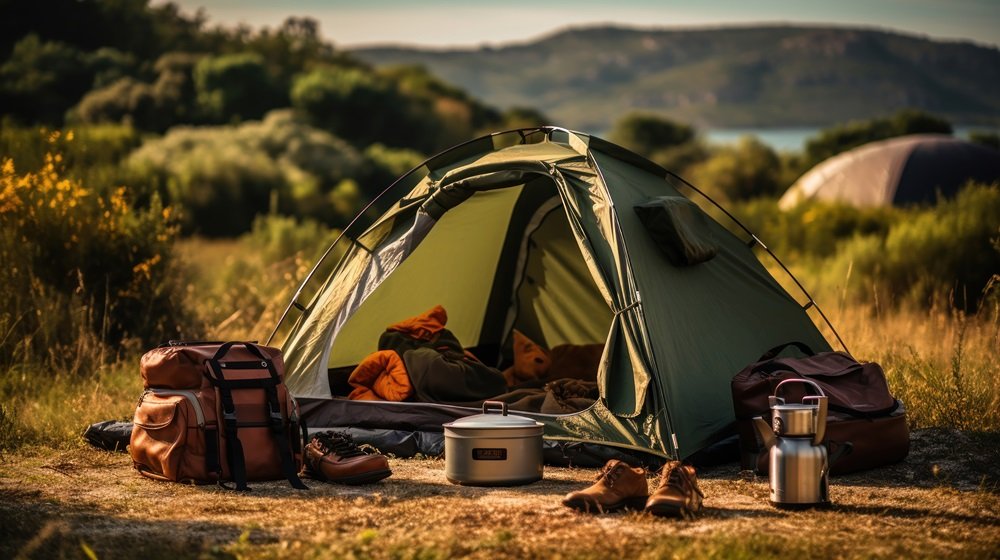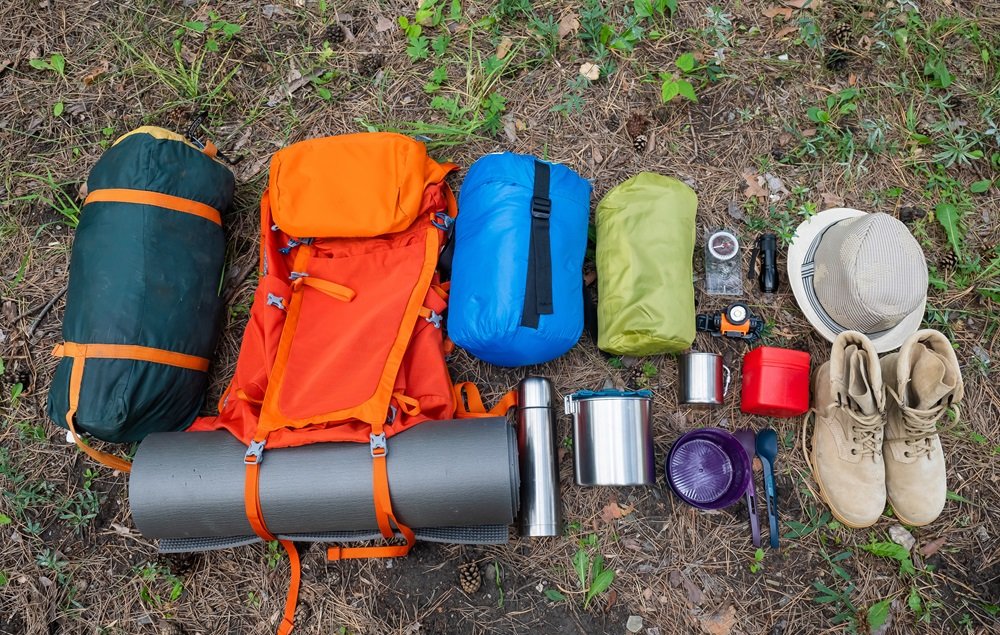Have you ever picked up a great deal on used camping gear only to discover it’s lost its water-repellent properties?
You’re not alone. Many outdoor enthusiasts find themselves with previously-owned jackets, tents, and backpacks that no longer shed water like they once did.
The good news? You can bring that water resistance back without spending a fortune.
Why Hydrophobic Coatings Wear Off?
Before jumping into restoration, it helps to understand why these coatings fail in the first place.
Hydrophobic treatments create a microscopic barrier that causes water to bead up and roll off rather than soaking through. Over time, this coating breaks down due to:
- Regular use and abrasion
- Improper washing techniques
- UV exposure from sunlight
- Natural degradation over time
Most outdoor gear loses about 80% of its water repellency within 30-40 days of heavy use.
Testing Your Gear’s Current Water Resistance
Not sure if your gear needs treatment? Here’s a simple test you can do at home:
- Sprinkle a few drops of water on the surface
- Watch what happens for 10-15 seconds
- If the water beads up and rolls off, your coating is still working
- If the water soaks in or spreads out, it’s time for restoration
Restoration Methods for Different Materials
Different materials require different approaches. Here’s how to tackle the most common types of outdoor equipment:
For Fabrics (Jackets, Tents, Backpacks)
Method 1: Wash and Reactivate
Sometimes, a good cleaning is all you need to reactivate the existing DWR (Durable Water Repellent) coating:
- Clean your gear using a technical cleaner made for outdoor fabrics
- Rinse thoroughly
- Tumble dry on low heat for 20-30 minutes, or iron on low setting
- Heat reactivates the remaining DWR molecules
Method 2: Apply New Coating
When washing isn’t enough, it’s time for a fresh application:
- Clean the gear thoroughly
- Apply a spray-on or wash-in DWR treatment
- Follow product instructions for drying/curing
- Test with water drops to confirm success
Remember: Always clean gear before applying new treatments. Dirt and oils prevent proper bonding.
For Hard Surfaces (Boots, Helmets, Hard Shells)
Hard surfaces need slightly different treatment:
- Clean surface with mild soap and water
- Allow to dry completely
- Apply silicone-based or specialty hard surface repellent
- Allow proper curing time (usually 24-48 hours)

Comparing Hydrophobic Treatment Options
| Treatment Type | Best For | Durability | Environmental Impact | Average Cost |
| Spray-On DWR | Quick applications | 3-5 washes | Moderate | $10-15 |
| Wash-In DWR | Even coverage | 5-7 washes | Lower | $15-20 |
| Wax-Based | Canvas/cotton | 10+ washes | Lowest | $12-18 |
| PFC-Free Options | Eco-conscious users | 3-6 washes | Minimal | $18-25 |
When to Restore vs. When to Replace
Not all gear can be successfully restored. Consider these factors:
- Age of the equipment – Items over 8-10 years old may have degraded base materials
- Fabric condition – Heavily worn or damaged fabrics won’t hold coatings well
- Membrane integrity – If breathable membranes (like Gore-Tex) are damaged, no coating will help
If your used camping gear shows signs of delamination, severe wear, or fails to repel water even after treatment, it might be time for replacement.
Pro Tips for Long-Lasting Results
Want your restoration efforts to last longer? Try these expert suggestions:
- Store gear properly – Keep items clean, dry, and out of direct sunlight
- Clean regularly – Don’t let dirt build up, which accelerates wear
- Retreat proactively – Don’t wait until gear is completely soaked through
- Use technical cleaners – Regular detergents leave residues that attract water
“Proper maintenance can extend the life of outdoor equipment by 30-50%, saving hundreds of dollars over time.”
Environmental Considerations
Many traditional hydrophobic treatments contain PFCs (perfluorinated compounds) that harm the environment. Consider these eco-friendly alternatives:
- Silicone-based repellents
- Plant-based wax treatments
- PFC-free synthetic options
Your restored gear doesn’t just save you money—choosing environmentally friendly restoration products helps protect the outdoor spaces you love to explore.


